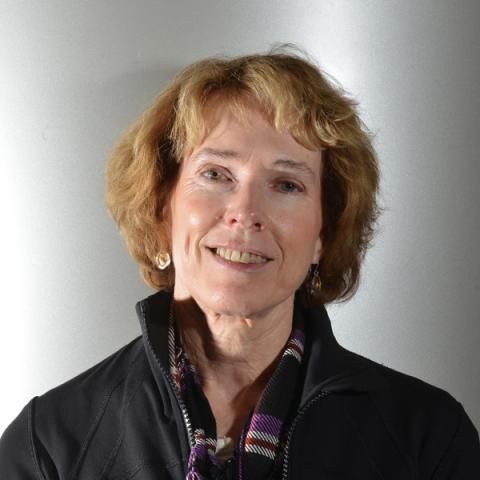Considering a Hybrid Model: CSUN Workshop Convenes Faculty from Across the CSU System
Topics

Educators often take advantage of educational technologies as they make the shifts in instruction, teacher roles, and learning experiences that next gen learning requires. Technology should not lead the design of learning, but when educators use it to personalize and enrich learning, it has the potential to accelerate mastery of critical content and skills by all students.
The colloquial phrase “do the math” can mean more than “figure out what’s obvious.” When it comes to college students’ choices, it often means “increase your chances of finishing a college degree.”
The colloquial phrase “do the math” can mean more than “figure out what’s obvious.” When it comes to college students’ choices, it often means “increase your chances of finishing a college degree.” Many studies which have examined what needs to change to increase students’ chances of persisting in college have confirmed the critical importance of completing an entry-level mathematics course to ultimately attaining a degree. One 2006 study, for instance, found that among students who succeeded in getting a bachelor’s degree, more than 70% had successfully completed credit-bearing math courses in their first two years of study, while only around 35% of those who did not complete bachelor’s degrees had earned college level math credit in that same first two years.*
Nearly 40 mathematics faculty members and representatives of the California State University System recognized the importance of working to change these grim figures as they gathered last Wednesday, August 7, on the campus of California State University Northridge (CSUN). Professor Katherine Stevenson and her colleagues brought together their colleagues from across the CSU for a workshop on implementing CSUN’s hybrid model for entry-level math courses at additional campuses in the system over the next two years. The redesigned approach at CSUN has increased the rates at which students pass an entry-level mathematics course from 35 - 40% five years ago to 66 -70 % currently. In an expansion of the approach that was supported by a Wave I Next Generation Learning Challenges grant to CSUN, CSU Long Beach and Humboldt State, along with Pierce College, also adopted the model and are seeing similar improvement in outcomes for students. CSUN’s current follow-on grant, awarded in fall 2012, enables more campuses across the CSU system to adapt their courses to the CSUN hybrid model, with CSU Channel Islands and CSU Monterey Bay already starting to use the model for their entry-level courses. The project’s goals include use at a quarter of the CSU’s 23 campuses by early 2015.
Just wherein lies the magic that is bringing about such dramatic improvement in student success at entry-level math at the participating campuses? Answering that question was the objective of the August 7 workshop. Professor Stevenson kicked off the day’s presentations with an overview of the CSUN hybrid model approach. That approach, as the graphic illustrates includes five components:
- regular classroom lecture,
- a supplemental contact hour in a lab setting where students receive support from tutors and/or teaching assistants,
- online homework, and
- assessment, with the important and distinctive addition of
- a self-remediation course component during the first six to eight weeks of the course that provides individualized assessment by means of the ALEKS system.
Joining Professor Stevenson in sharing their use of the model were colleagues from other participating CSU campuses: Hondge Hu of CSU Monterey Bay, Florence Newberger of CSU Long Beach, and Ivona Grzegorczyk of CSU Channel Islands all shared details about how they implement these five components in their courses. The workshop attendees were also able to observe students in an active hybrid classroom lab, working with a TA and a tutor. Another particularly instructive component of the workshop was a presentation by Andrew Weiss of the CSUN library who has developed and is managing the ScholarWorks repository for the course materials that faculty from all campuses are able to share (note: this link allows a view of the repository, but the individual materials are open only to participants in the project). Among other items, the repository includes the common, partially complete lecture notes with definitions and word problems that faculty in the project are asked to help develop. These common lecture notes, which are made available to students for their own note-taking, allow each individual to incorporate his or her own versions of the calculations and explanations. The day’s final speakers, Michael Crosswhite of CSUN and Michael Stobb of Humboldt State, shared information about the data collection and reporting of student results, which the project takes very seriously as a way to continue demonstrating effectiveness in improving the rate at which students are passing the entry-level mathematics courses – and getting successfully through that all-too-frequent bottleneck to college completion.
* Student Progress Toward Degree Completion: Lessons from the Research Literature. Moore and Shulock, Institute for Higher Education Leadership and Policy, 2009, p. 5.




